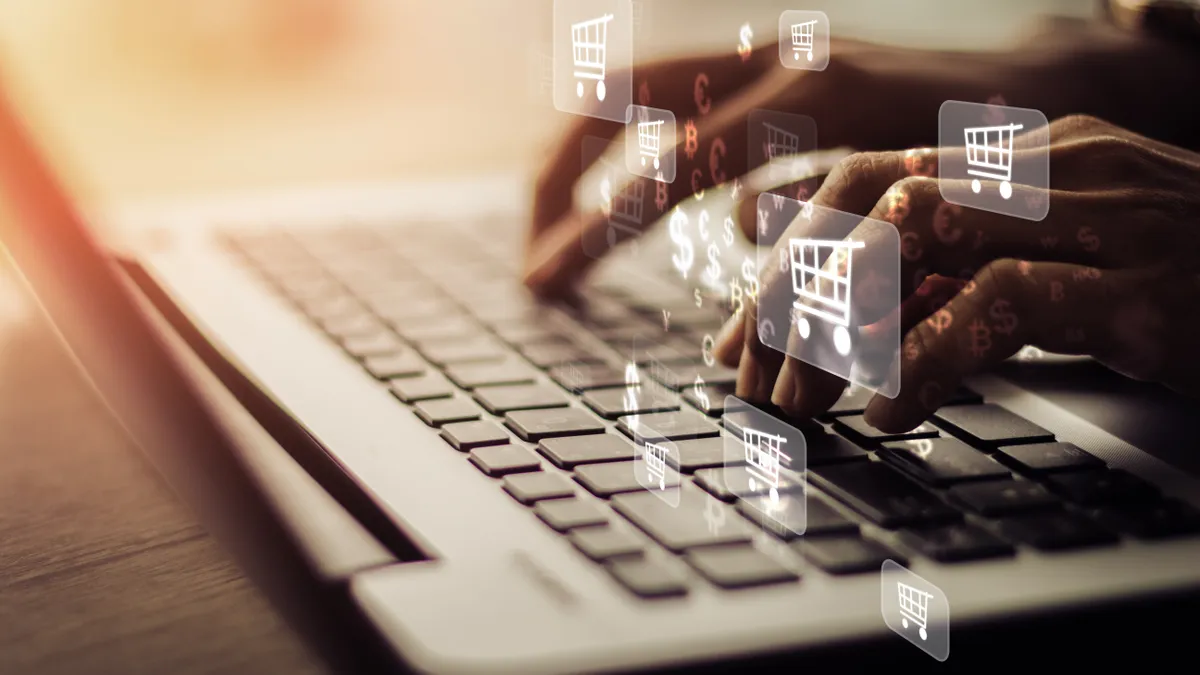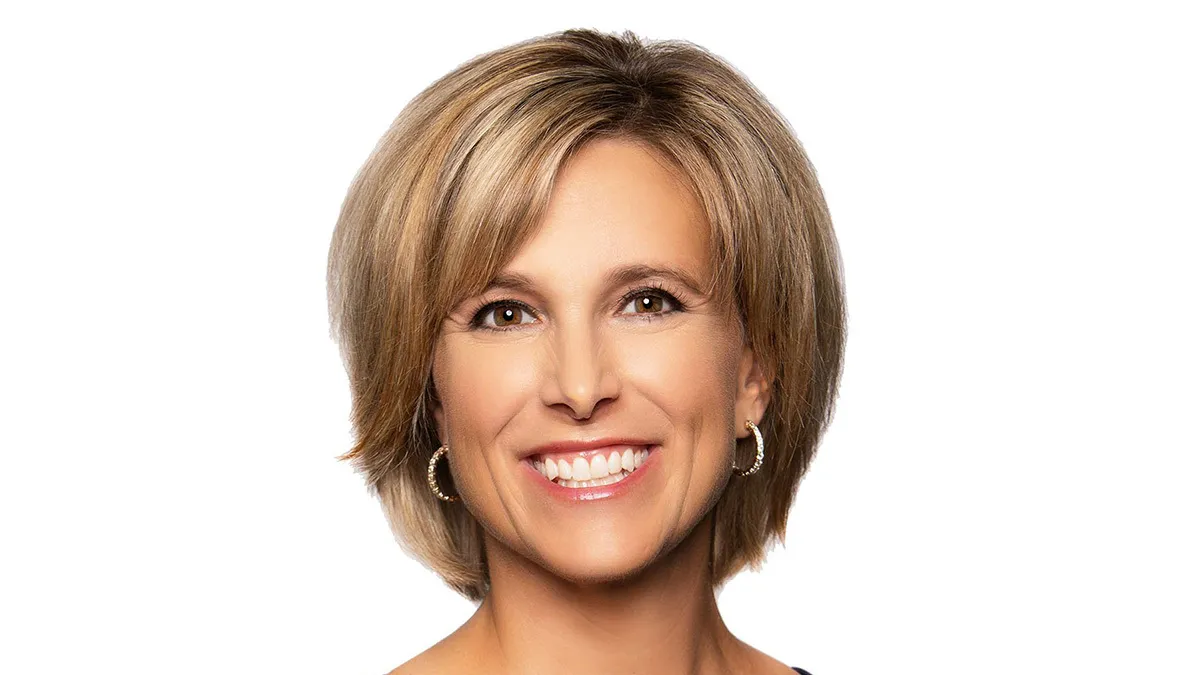Dive Brief:
- Consumers who use buy now, pay later to make purchases are “financially fragile,” according to new research from the Federal Reserve Bank of New York. The New York Fed measured financial fragility as the average likelihood of coming up with $2,000 in the next 30 days in the event of an emergency.
- About one-third of BNPL users had a credit score below 620, had a credit application rejected or were delinquent on a loan at some point in the past year, researchers discovered.
- “The fact that a disproportionate share of BNPL users are already financially fragile raises questions about the resilience of BNPL lending and its performance following an adverse economic shock,” New York Fed researchers wrote in the Tuesday blog post, “Who Uses Buy Now, Pay Later?”
Dive Insight:
As BNPL has soared in popularity, more research and polling is being conducted to understand who’s using it and how. To dig deeper into the background and circumstances of people who both receive and use BNPL offers, New York Fed researchers reviewed data collected as part of the Survey of Consumer Expectations in June.
As part of that June survey by the researchers, about 1,000 consumers also responded to a separate set of questions related to BNPL.
The New York Fed researchers, Felix Aidala, Daniel Mangrum and Wilbert van der Klaauw, published their findings on the bank's blog, called Liberty Street Economics.
Both BNPL availability and use are “fairly widespread”: About 64% of respondents had been offered a BNPL loan, and 29% of that group had used it as a payment method in the past year, NY Fed researchers discovered.
When it came time to make those installment payments, 77% of BNPL customers used a debit card, bank account or bank check; 10% turned to a credit card; 6% used a prepaid card; and 8% tapped a payment service such as Venmo, NY Fed researchers reported. Most BNPL loan users are banked and possess a credit score, they said.
Mirroring some of the Consumer Financial Protection Bureau’s March findings, NY Fed researchers discovered BNPL use is “somewhat higher” for women, renters and consumers without a college degree. Additionally, lower-income consumers are less likely to be offered a BNPL loan but more likely to use it.
About 60% of respondents with credit scores above 760 have been offered BNPL plans, while about 80% of those with credit scores under 620 have received such offers. “Interestingly, those who had a credit application rejected or were delinquent on a loan over the past year were also more likely to have been offered the BNPL option,” researchers noted.
“These differences are likely to reflect both the availability, and possible targeting, of this payment option, combined with what is being purchased and from where,” NY Fed researchers wrote.
Among consumers that used BNPL in the last year, the mean probability of using it next year is about 50%. Among all respondents, that figure is about 18%.
Despite BNPL’s widespread use, however, researchers noticed “disproportionate take-up among consumers with unmet credit needs, limited credit access, and greater financial fragility.”
BNPL users are less likely to turn to savings when encountering a financial shock and more likely to rely on borrowing, either from friends, family, banks, or credit cards, the New York Fed reported.
Researchers “cannot dismiss the potential risks of overextension,” and noted their findings substantiate, to some extent, the concerns that BNPL may rope in consumers already struggling financially.
“While BNPL expands financial inclusion, especially to those with low credit scores, there is a risk that these payment plans contribute to excessive debt accumulation and over-extension,” researchers wrote.
The lack of BNPL data being reported to credit bureaus could contribute to risks around BNPL’s use, they noted. BNPL still remains mainly absent from consumer credit histories.
Many of the findings echo what researchers with the Philadelphia Fed’s Consumer Finance Institute determined in a BNPL-focused paper released this month: that BNPL users seek and use more credit, and a typical BNPL user’s credit score was more than 50 points lower than a non-user’s.











